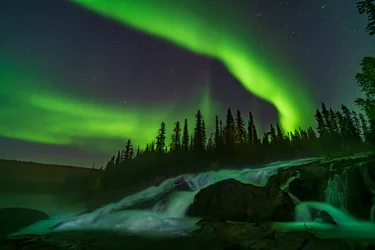Other items you will need for your Northern Lights adventure.
A waterproof backpack: An easy and practical way to carry your essentials during outdoor adventures, especially in unpredictable weather conditions common in Northern Lights viewing areas.
Dry bags or zip-lock bags: One of our favourite travel tips. These are invaluable for keeping electronics, documents, and other items dry and protected from moisture, ensuring they remain functional and intact throughout your journey.
Personal items: Personal identification, travel documents, and necessary permits are essential for smooth travel and compliance with local regulations. Make sure to keep these items organized and easily accessible.
Snacks: Consider packing energy bars, nuts, and other lightweight, non-perishable options that provide quick and convenient sources of energy to fuel your adventures and stave off hunger during extended outings.
A first aid kit: with basic supplies is a must-have for addressing minor injuries or medical needs that may arise during your trip. Include items such as adhesive bandages, antiseptic wipes, pain relievers, and any necessary prescription medications.
Binoculars: while optional, binoculars can enhance your viewing experience by allowing you to observe distant landscapes, wildlife, or celestial phenomena with greater clarity and detail. They are particularly useful for scanning the night sky for faint stars or other celestial objects.
Aurora forecast apps: Real-time information about aurora activity can help you plan your viewing sessions for optimal chances of witnessing the Northern Lights. These tools analyze solar and geomagnetic data to predict aurora visibility and intensity, allowing you to maximize your opportunities for experiencing this natural wonder.













